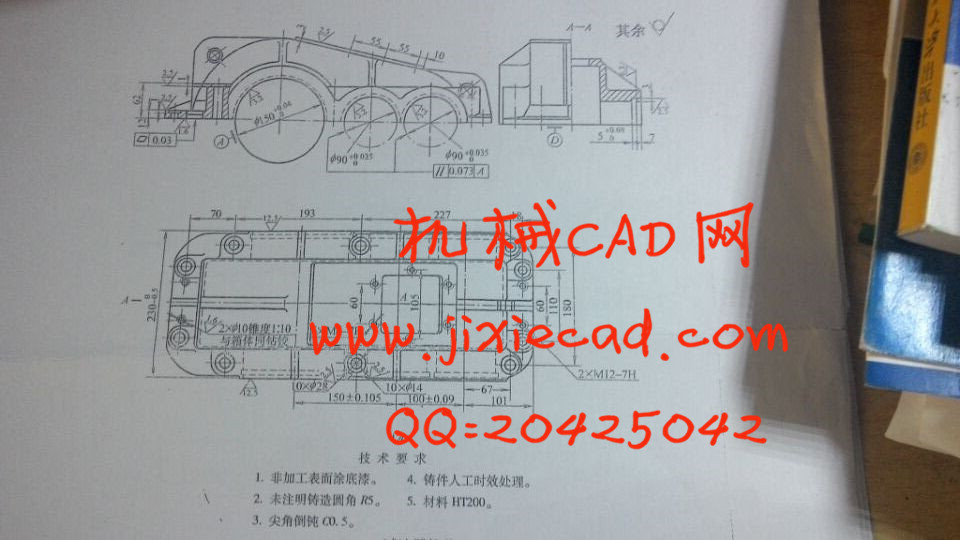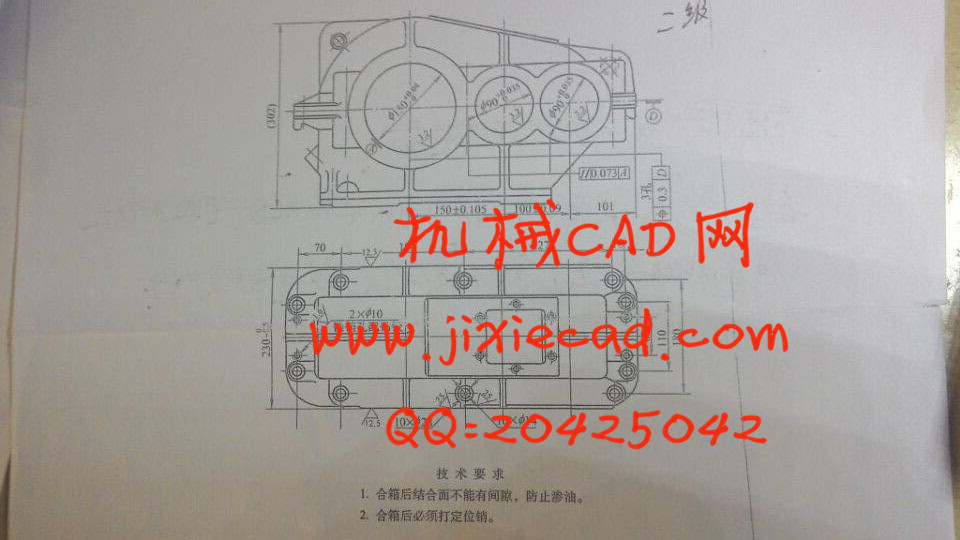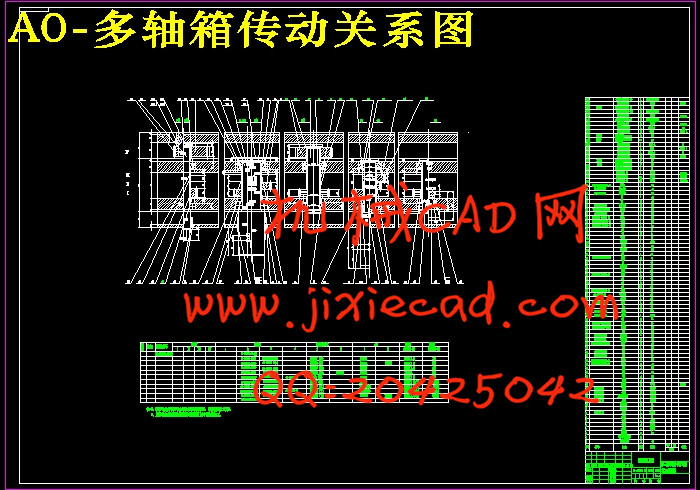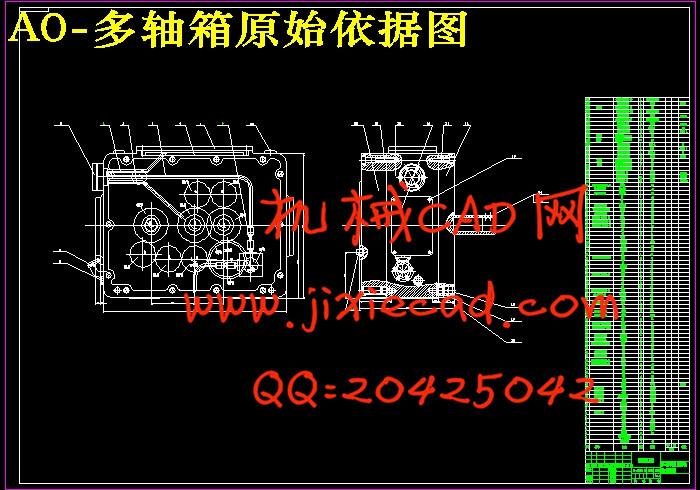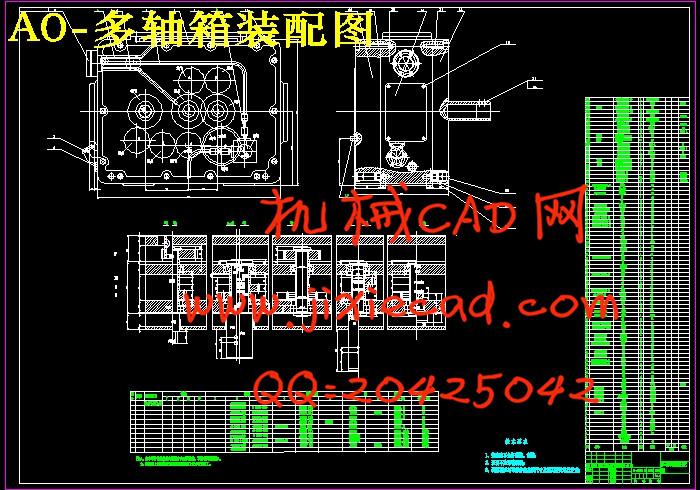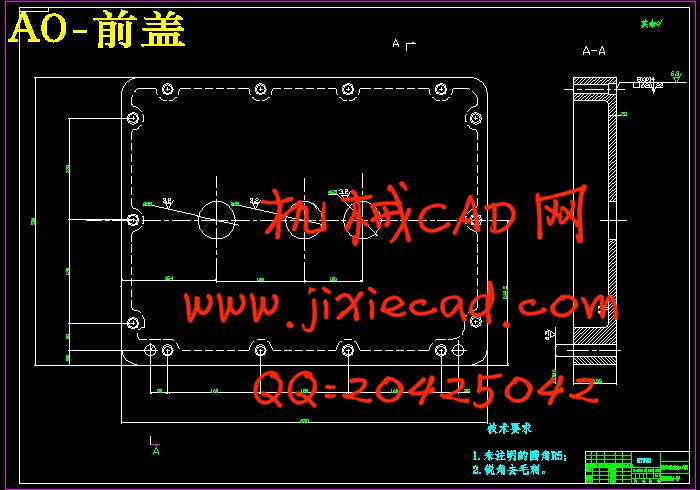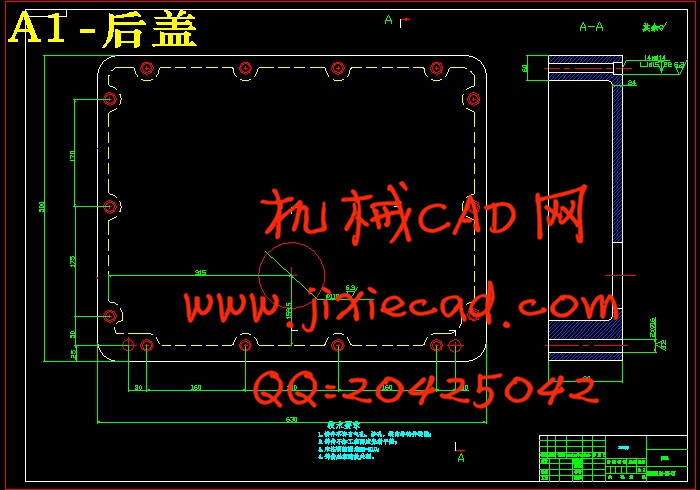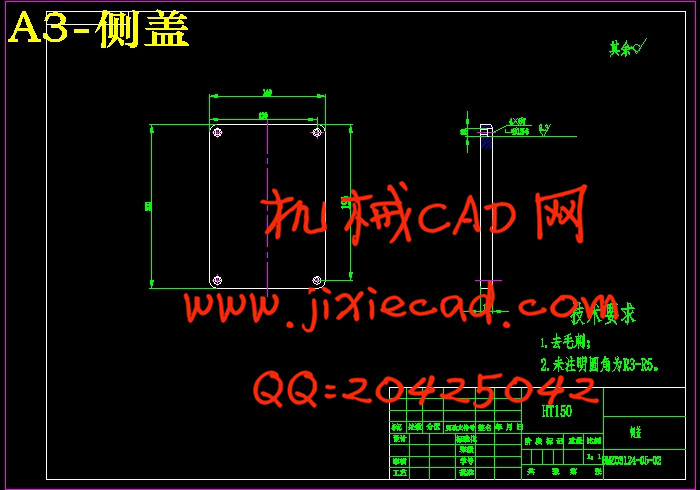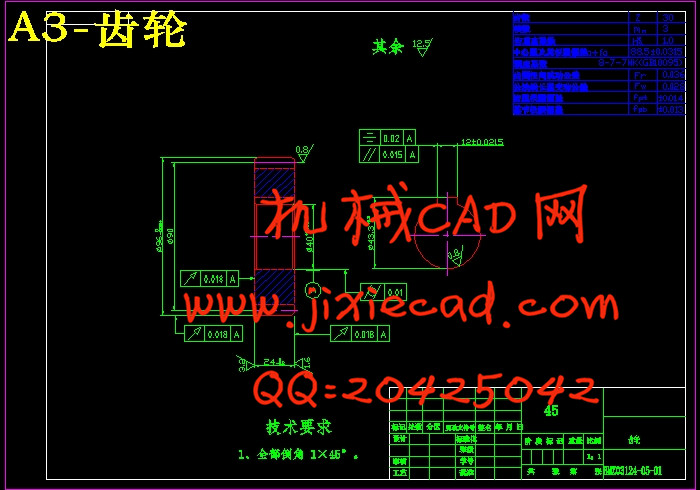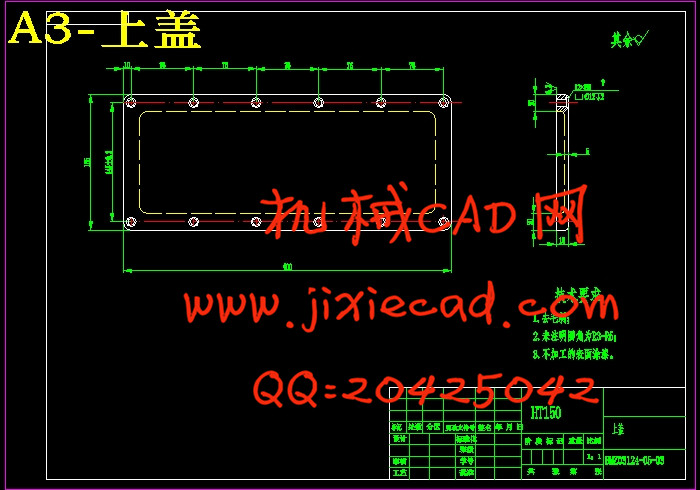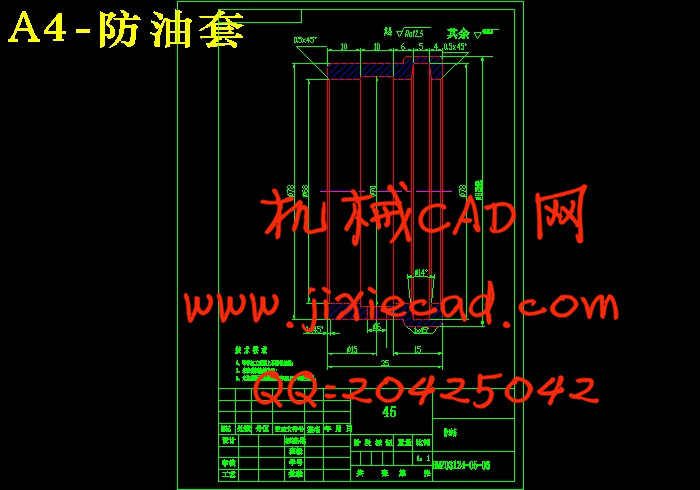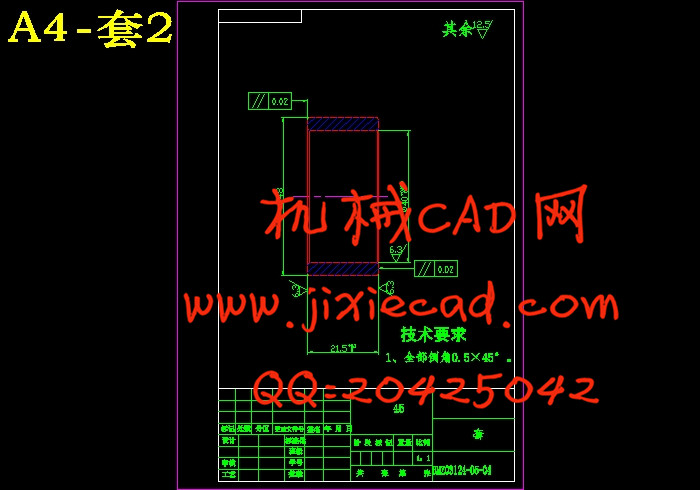设计简介
摘 要
本论文主要说明组合机床设计的基本过程及要求。组合机床是按高度集中原则设计的,即在一台机床上可以同时完成同一种工序或多种不同工序的加工。组合机床发展于工业生产末期,与传统的机床相比:组合机床具有许多优点:效率高、精度高、成本低。它由床身、立柱、工作台、及电源一些基本部件及一些特殊部件,根据不同的工件加工所需而设计的。在组合机床上可以完成很多工序,但就目前使用的大多数组合机床来说,则主要用于平面加工和孔加工两大类工序。论文主要内容包括四大部分:
(1)、制定工艺方案 通过了解被加工零件的加工特点、精度和技术要求、定位夹紧情况、生产效率及机床的结构特点等,确定在组合机床上完成的工艺内容及加工方法,并绘制被加工零件工序图。
(2)、组合机床的总体设计 确定机床各部件之间的相互关系,选择通用部件和刀具的导向,计算切削用量及机床生产效率、绘制机床的尺寸联系图及加工示意图。
(3)、组合机床部件设计 包括专用多轴箱的设计,传动布局合理,轴与齿轮之间不发生干涉,保证传动的平稳性和精确性。专用主轴设计、轴承的选用及电机的选择等。
关键词:组合机床;设计;过程;功能
Abstract
This paper mainly explains the basic process of combination machine design and requirements. Modular machine tool is based on the principle of the design of highly concentrated, which can be completed at the same time with a number of different processes or processing procedures on one machine. Combination of machine tool development in the late industrial production, compared with the traditional tools: combination of machine tool has many advantages: high efficiency, high precision, low cost. It consists of bed, column, table, and supply some basic components and some special parts, designed according to the needs of the workpiece processing.The machine can do a lot of procedures, but the majority of combination machine tools currently in use, mainly for plane and hole machining the two types of processes. The main content of this thesis includes four parts:
(1), the development of technology programs through understanding the processing characteristics, precision machining parts and technical requirements, structure characteristics of clamping position, the production efficiency and machine tools, technology and the processing methods determine the combination of machine tool, and the processed parts working procedure drawing.
(2), to determine the overall design of combined machine tool between machine parts, select general parts and tool oriented diagram, calculate the amount of cutting and production efficiency of machine tools, rendering the size of machine tools and processing.
(3) design, combination of machine components design includes a special multi axle transmission, reasonable layout, no interference between the shaft and the gear, to ensure the smooth transmission and accuracy. Special design, spindle bearing selection and motor selection etc..
Keywords: combination machine; design; process; function
目 录
摘 要 II
Abstract III
1 绪论 1
1.1 课题研究意义 1
1.2镗孔专用设备应用 1
1.3 镗孔专用设备 1
1.3.1多轴头 2
1.3.2 多轴箱 2
1.3.3多轴钻床 3
1.3.4 自动更换主轴箱机床 3
1.4 镗孔专用设备趋势 4
1.5 本论文的主要内容 4
2 工艺方案设计 6
2.1工艺分析 6
2.1.1箱体的技术要求 6
2.1.2 箱体零件的毛坯和材料 6
2.1.3工件生产方式 6
2.2 定位分析、基准选取 6
2.3 制定工艺路线 7
2.4 组合镗床切削用量的选择 8
2.5组合机床配置型式的选择 8
3 组合机床总体设计 9
3.1 绘制被加工零件工序图 9
3.1.1 被加工零件工序图的作用与内容 9
3.1.2 绘制被加工零件图的规定及注意事项 9
3.2 加工示意图 10
3.2.1 加工示意图的作用和内容 10
3.2.2选择刀具、导向及有关计算 10
3.3 机床联系尺寸图 12
3.3.1 机床联系尺寸图作用和内容 12
3.3.2 绘制机床尺寸联系总图之前应确定的内容 12
3.4 组合机床生产率计算卡 14
4 组合机床多轴箱设计 18
4.1 绘制多轴箱的设计原始依据图 18
4.2主轴结构形式的选择和动力计算 20
4.4 齿轮的校核及参数的确定 23
4.5 轴承的选择 26
4.6 主轴箱附件的说明 29
4.6.1 润滑及润滑元件 29
4.6.2 其他附件 29
4.7 箱体或前盖补充加工图 29
4.8 绘制多轴箱总图 30
5 多轴箱箱体结构及其机械加工工艺设计 32
5.1 多轴箱箱体结构 32
5.2 多轴箱箱体结构加工工艺设计 32
5.2.1定位基准的选择 33
5.2.2 加工方法的选择 33
结论和展望 36
参考文献 37
致 谢 38


